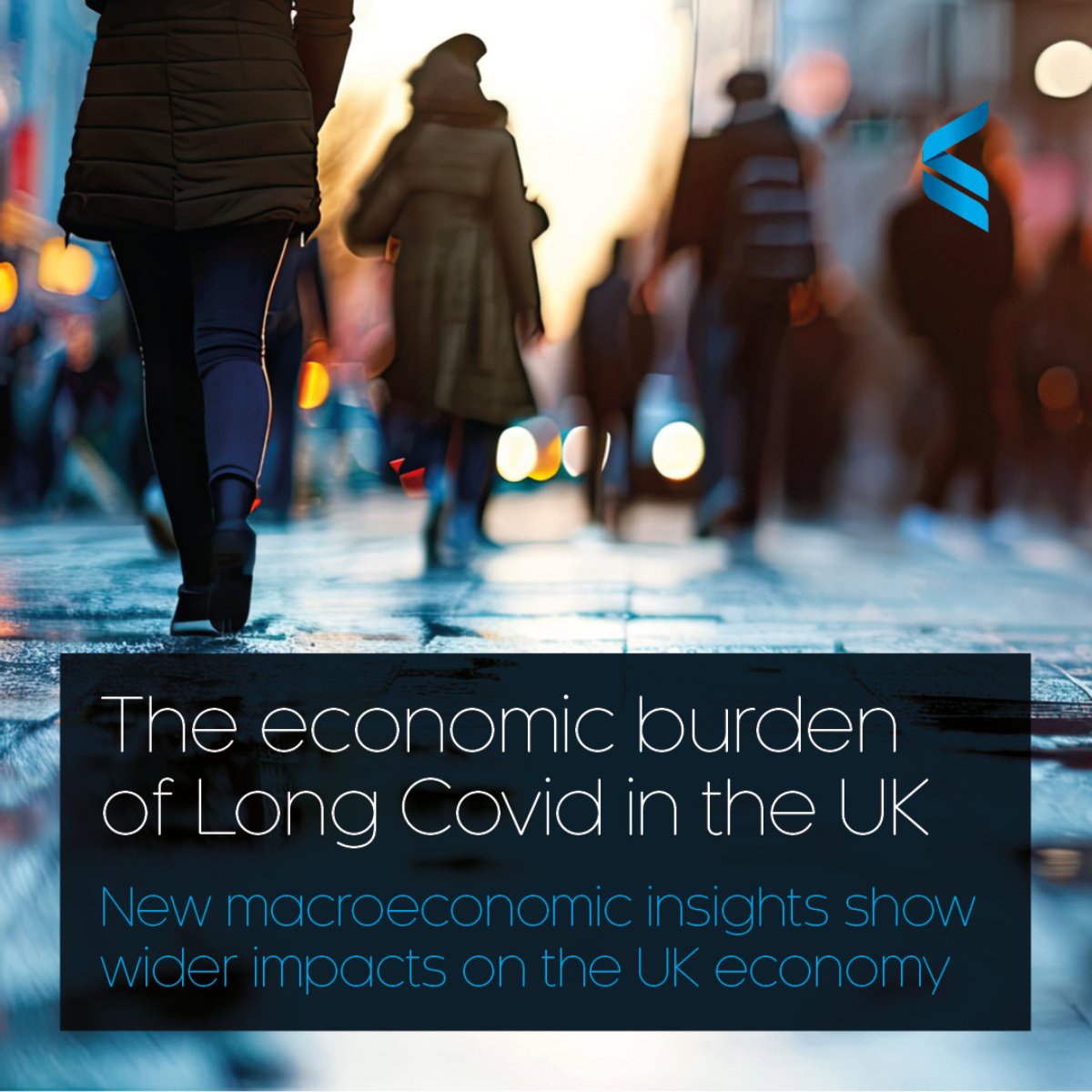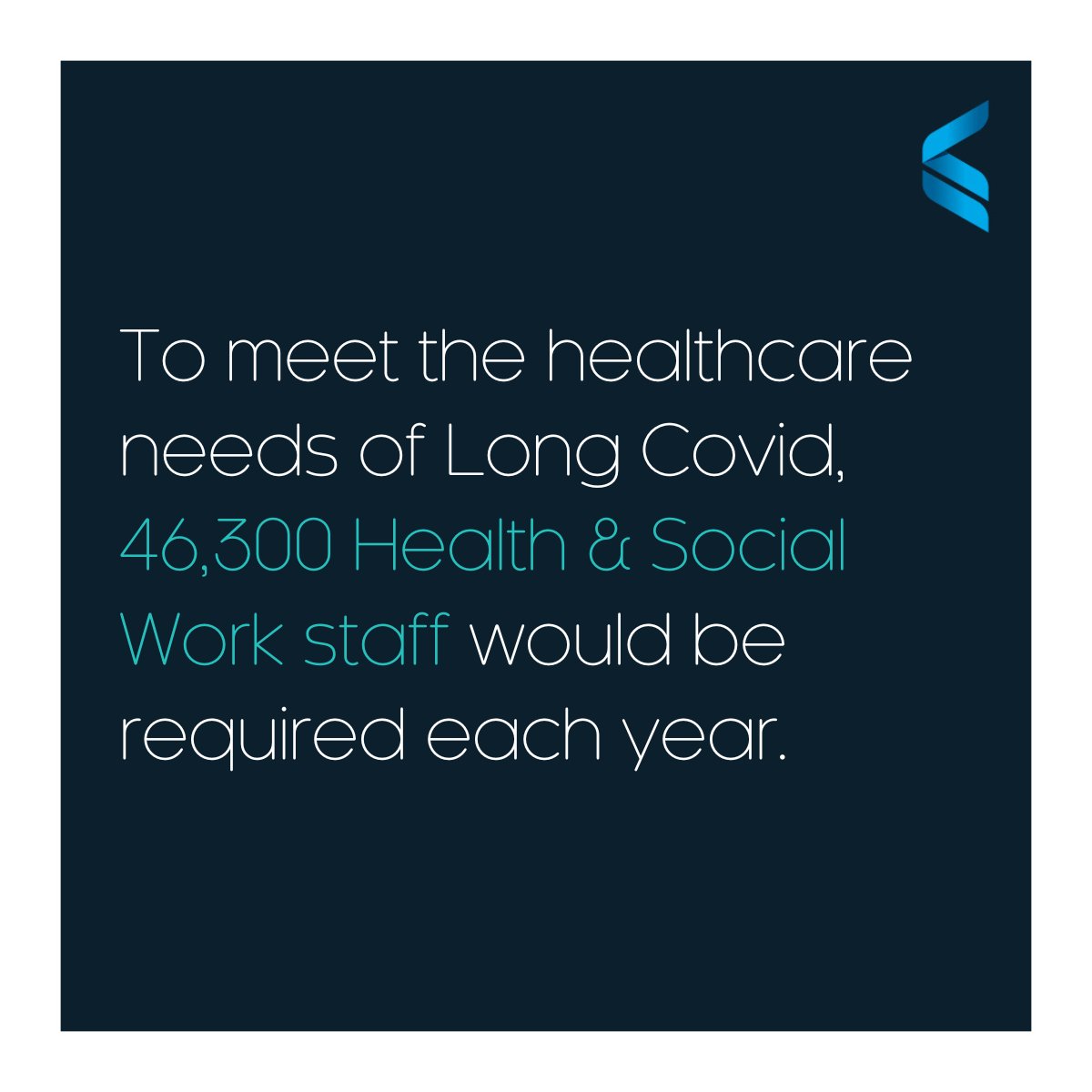views
🧵OUT TODAY: New economic analysis reveals Long Covid could be a long-term drag on economic growth and add pressure to already strained NHS 📊🔍 1/8
Find out more here: #LongCovidAwareness #LongCovid #PublicHealth #EconomicInactivity bit.ly/3PtysTs

Find out more here: #LongCovidAwareness #LongCovid #PublicHealth #EconomicInactivity bit.ly/3PtysTs

If no long-term commitments are announced to manage the economic burden and healthcare costs of the 1.9 million people living with Long Covid, all households across the UK will feel the economic impact through fewer job opportunities and reduced quality of public services. 2/8
Rising #economicinactivity among some of the 1.6 million working-aged people with Long Covid is leading to lower household income and expenditure. 3/8
Based on the assumption that there are no long-term healthcare funding commitments to manage Long Covid, our modelling results using #E3ME estimate that Long Covid is likely to reduce GDP by around £1.5bn and around 138,000 jobs each year. 4/8 

Were prevalence of #LongCovid to increase from 1.9 million to 4 million people per year by 2030, the impact would nearly double. 5/8 

Based on current estimates, #LongCovid costs the NHS £4.2bn a year. Our analysis shows that to meet the healthcare needs of Long Covid, 46,300 Health & Social Work staff would be required each year. 6/8 #LongCovidAwareness 

However, considering the current fiscal environment, this would represent a trade-off between other public services rather than additional spending, leading to a reduction in public service availability and quality in the UK. 7/8 #PublicHealth #NHS #LongCovid 

• • •
Missing some Tweet in this thread? You can try to
force a refresh










